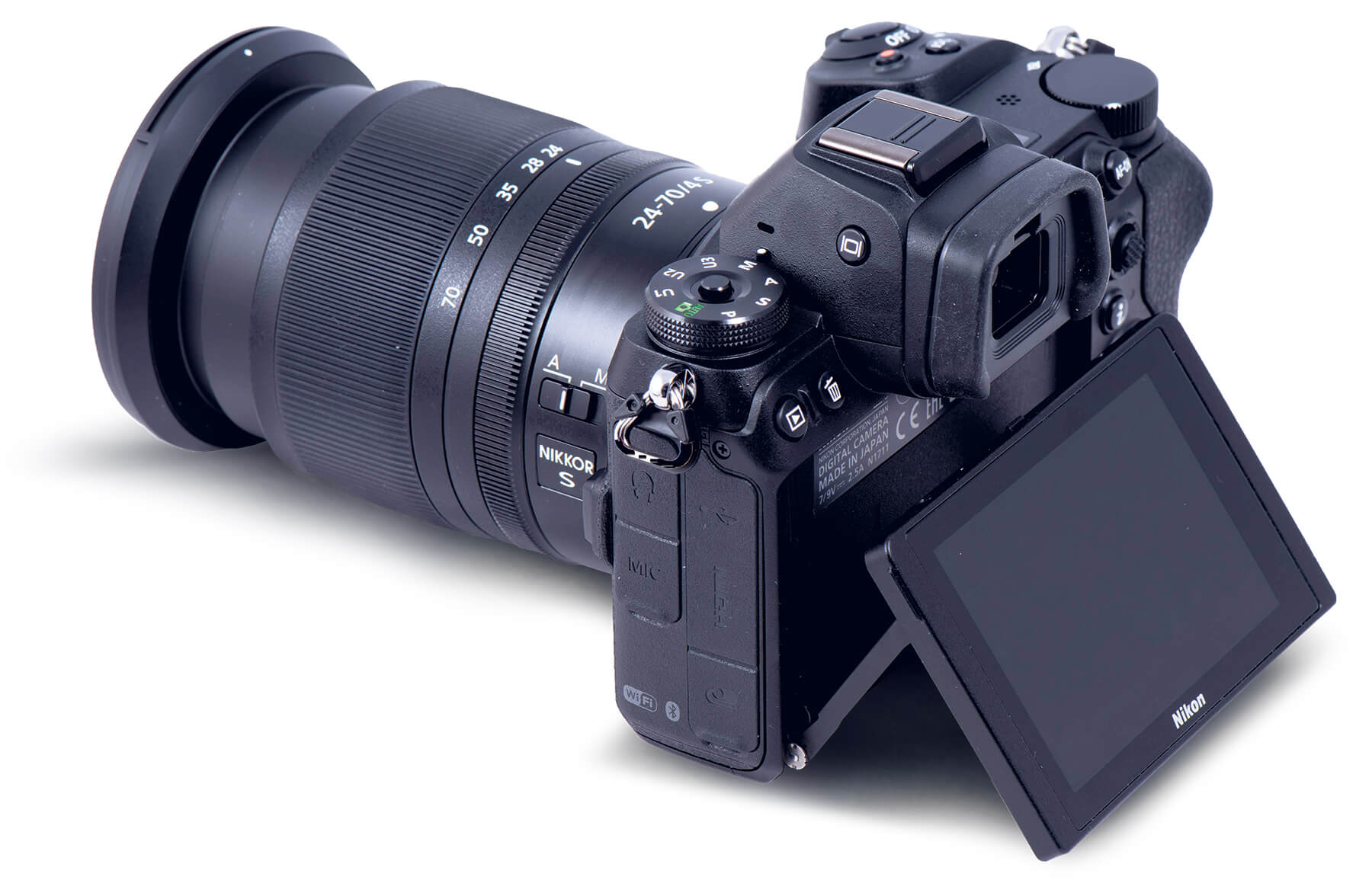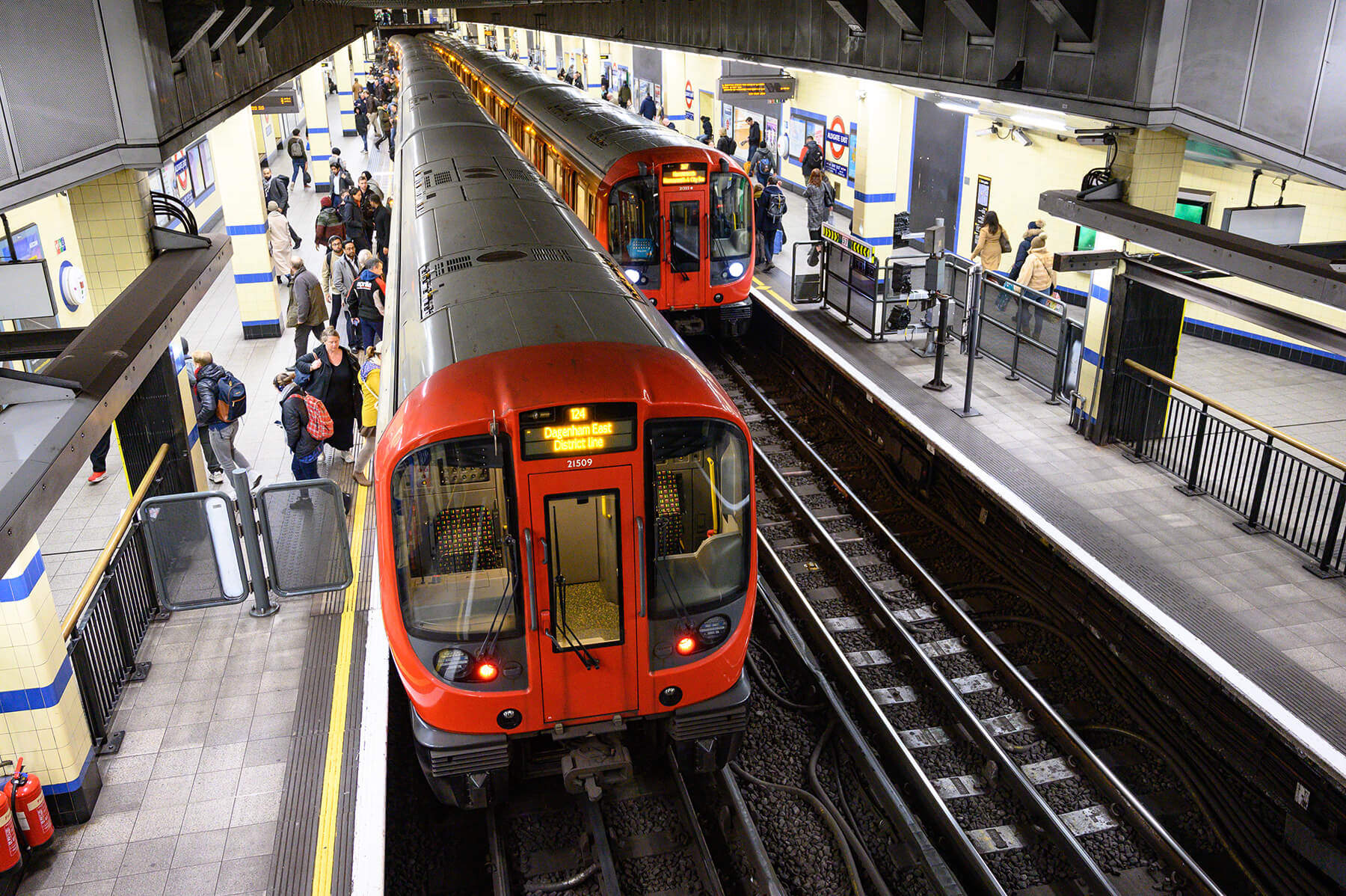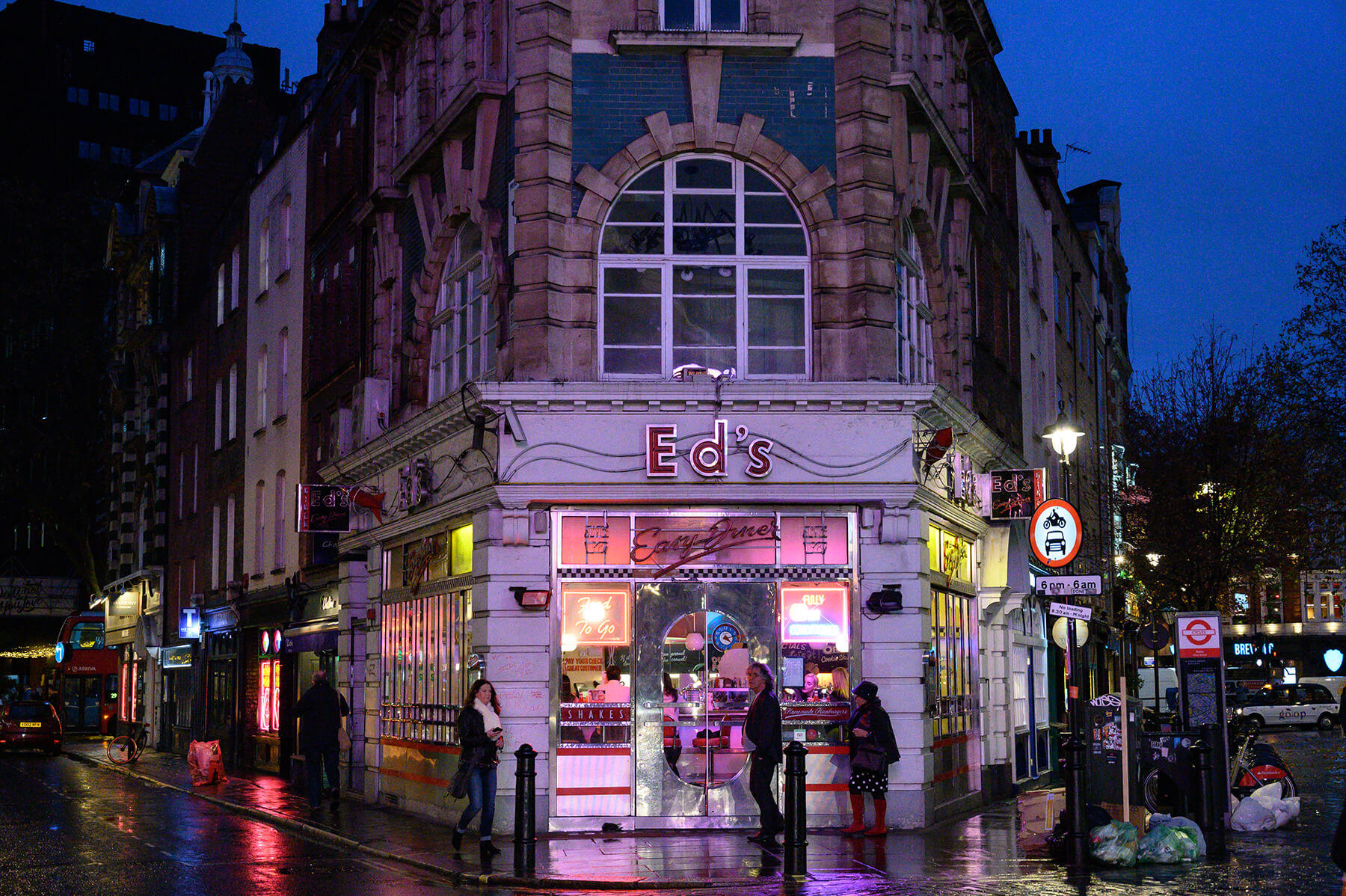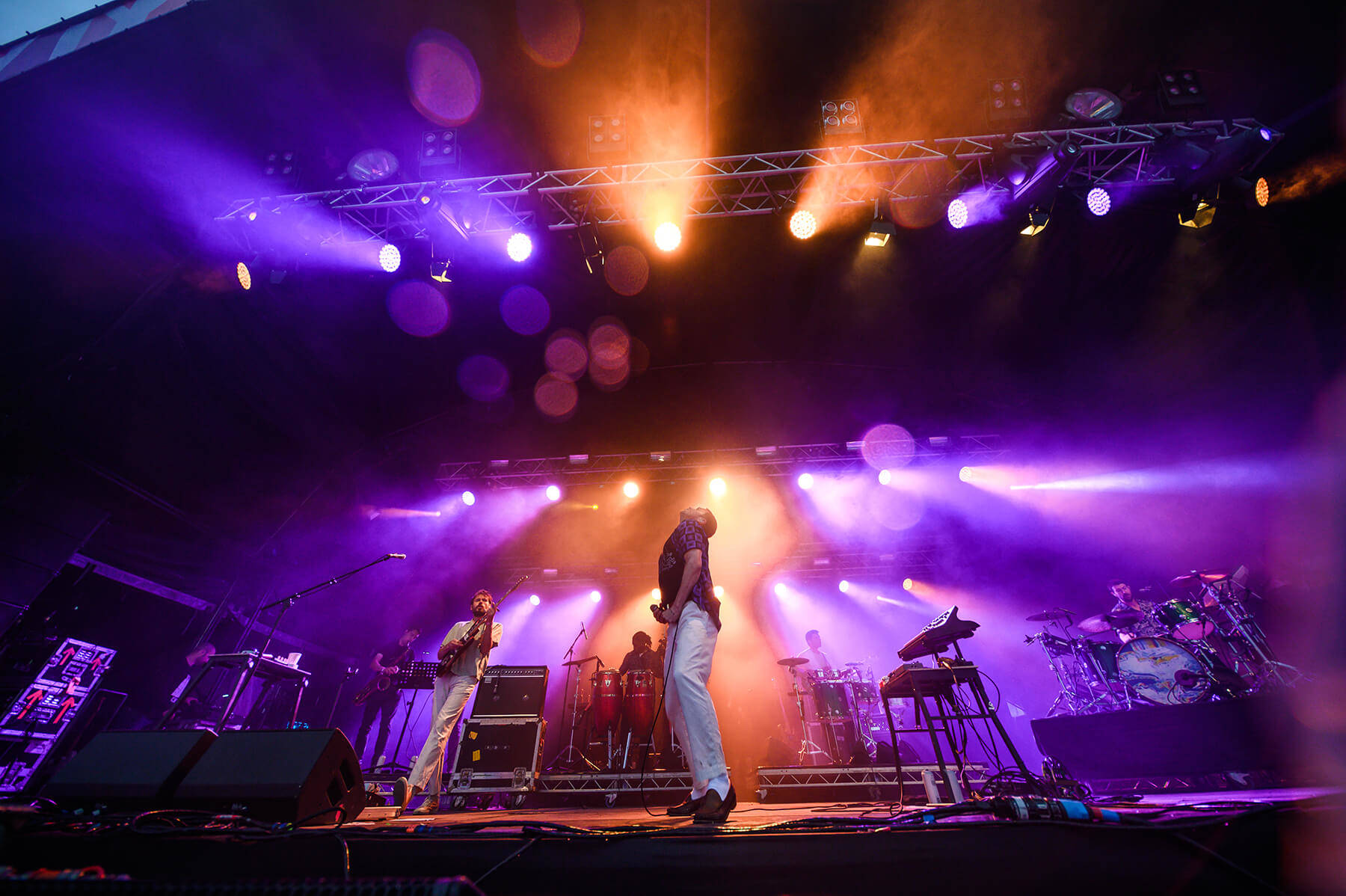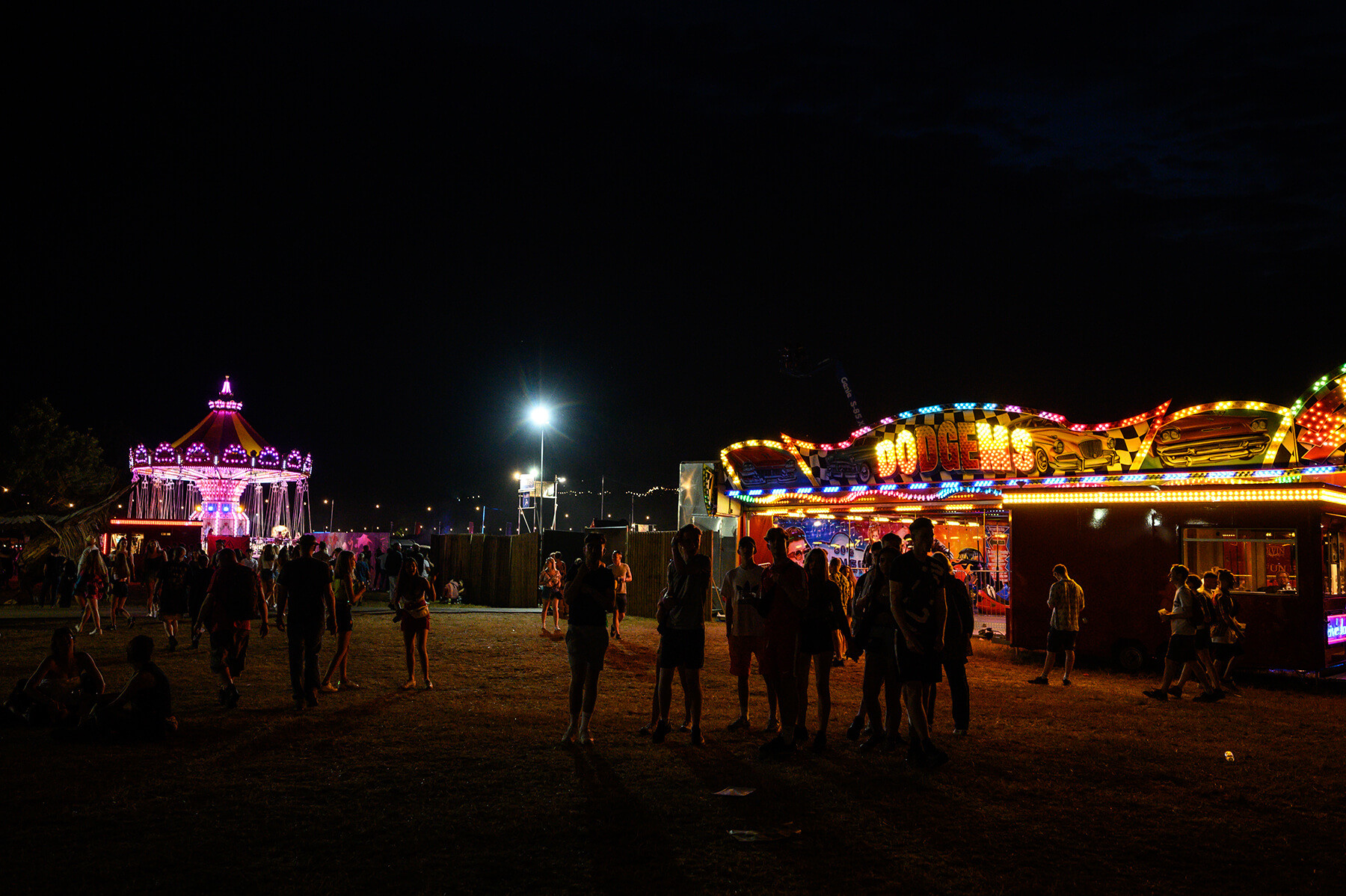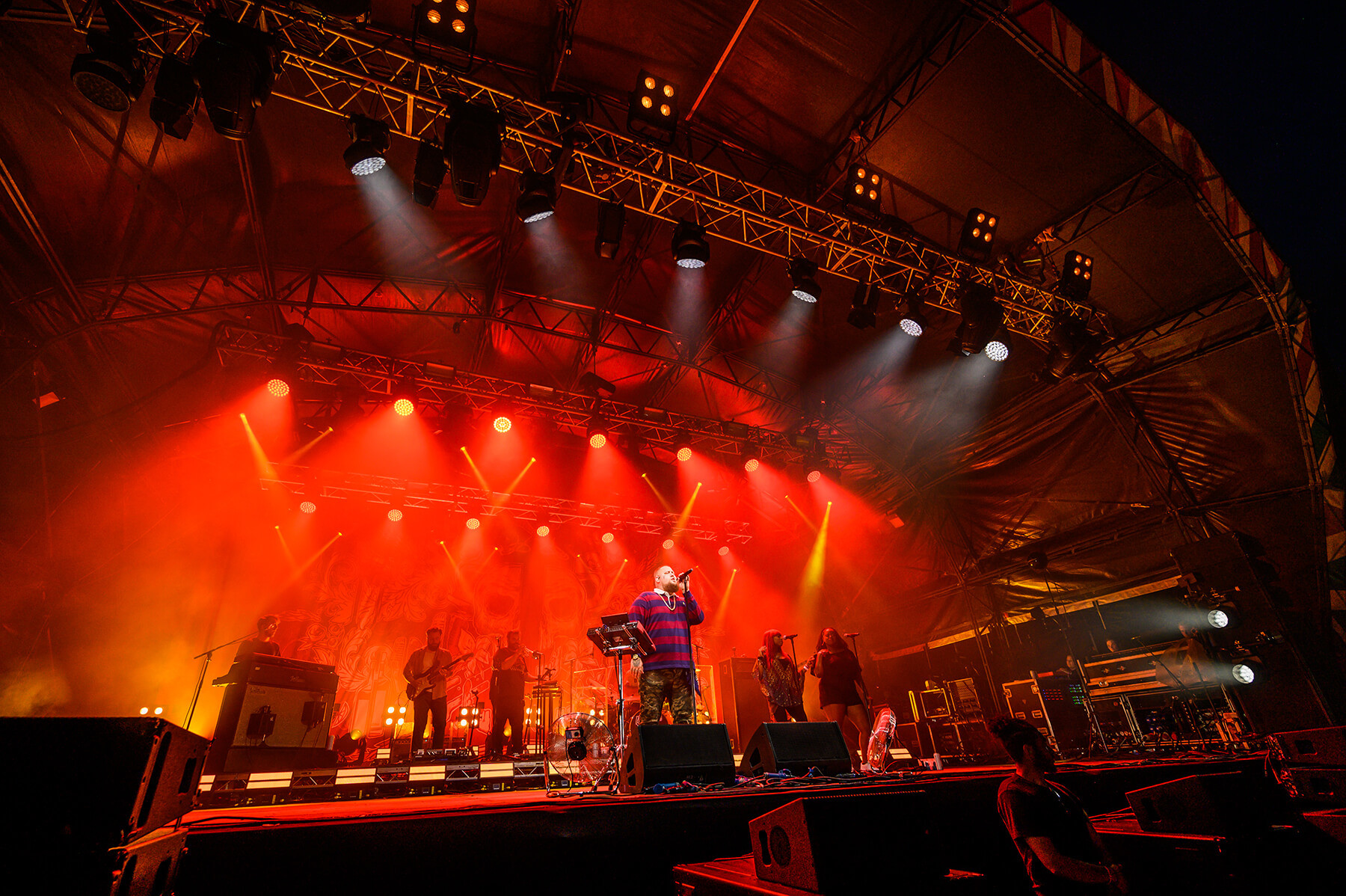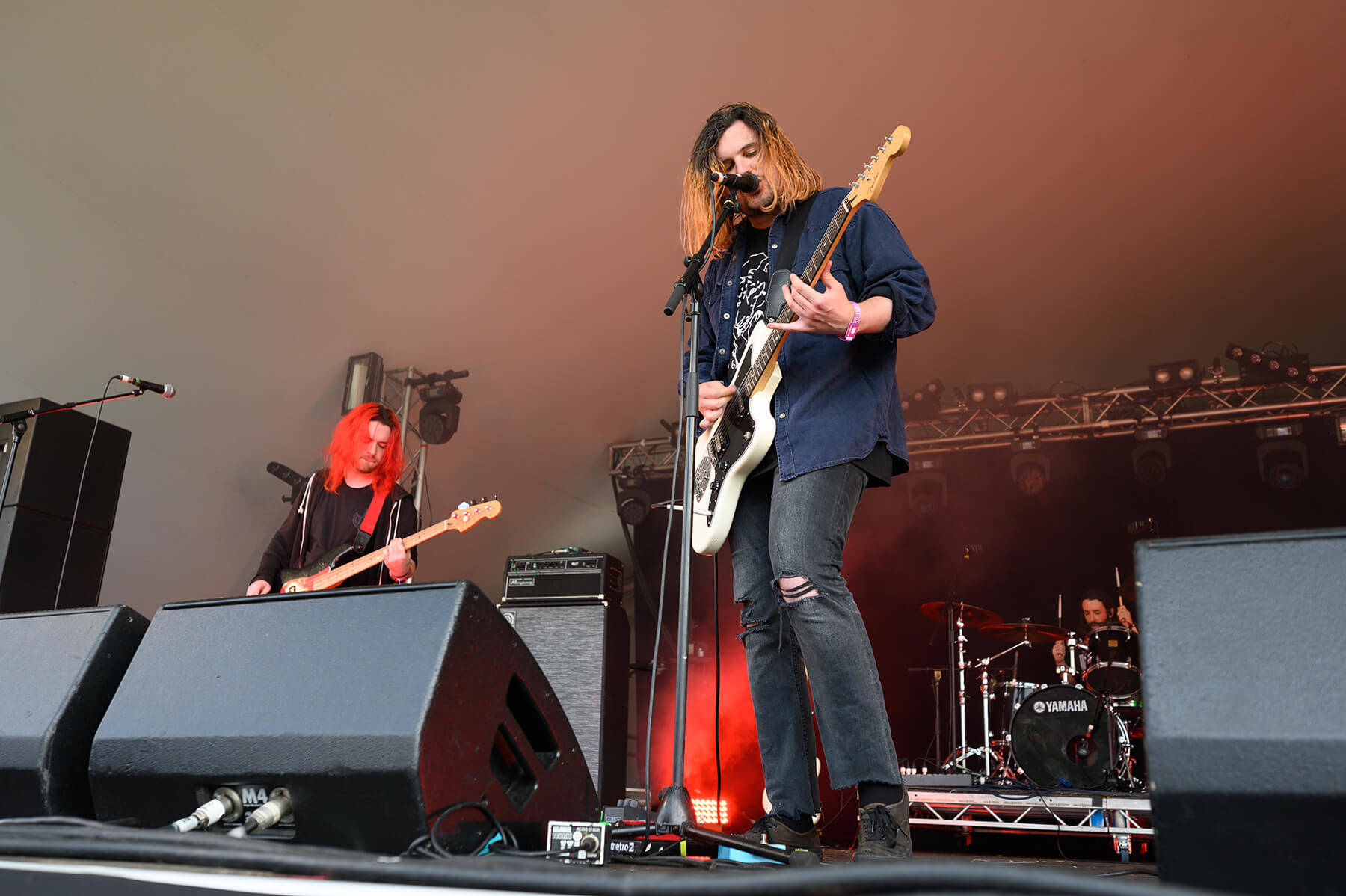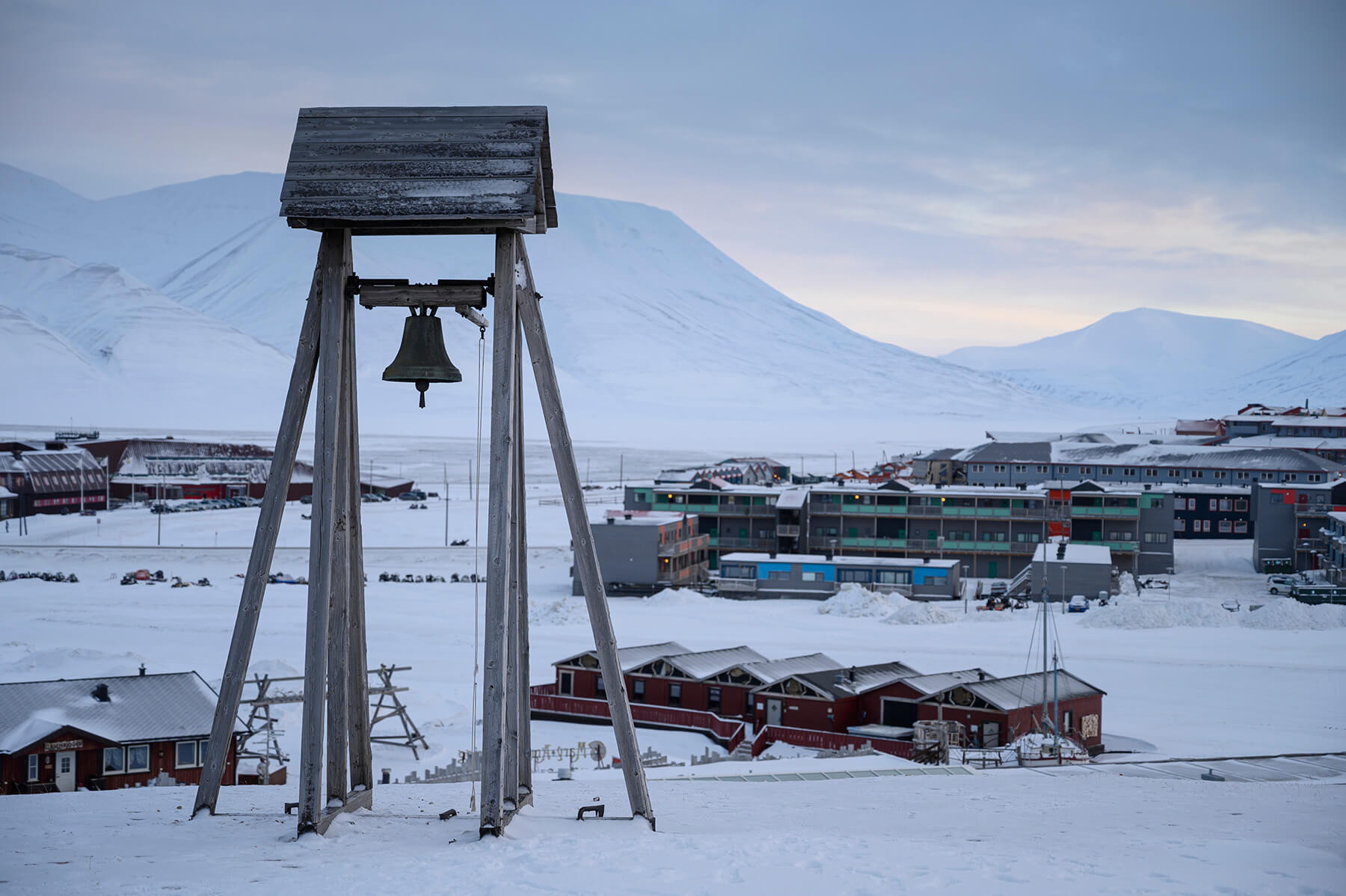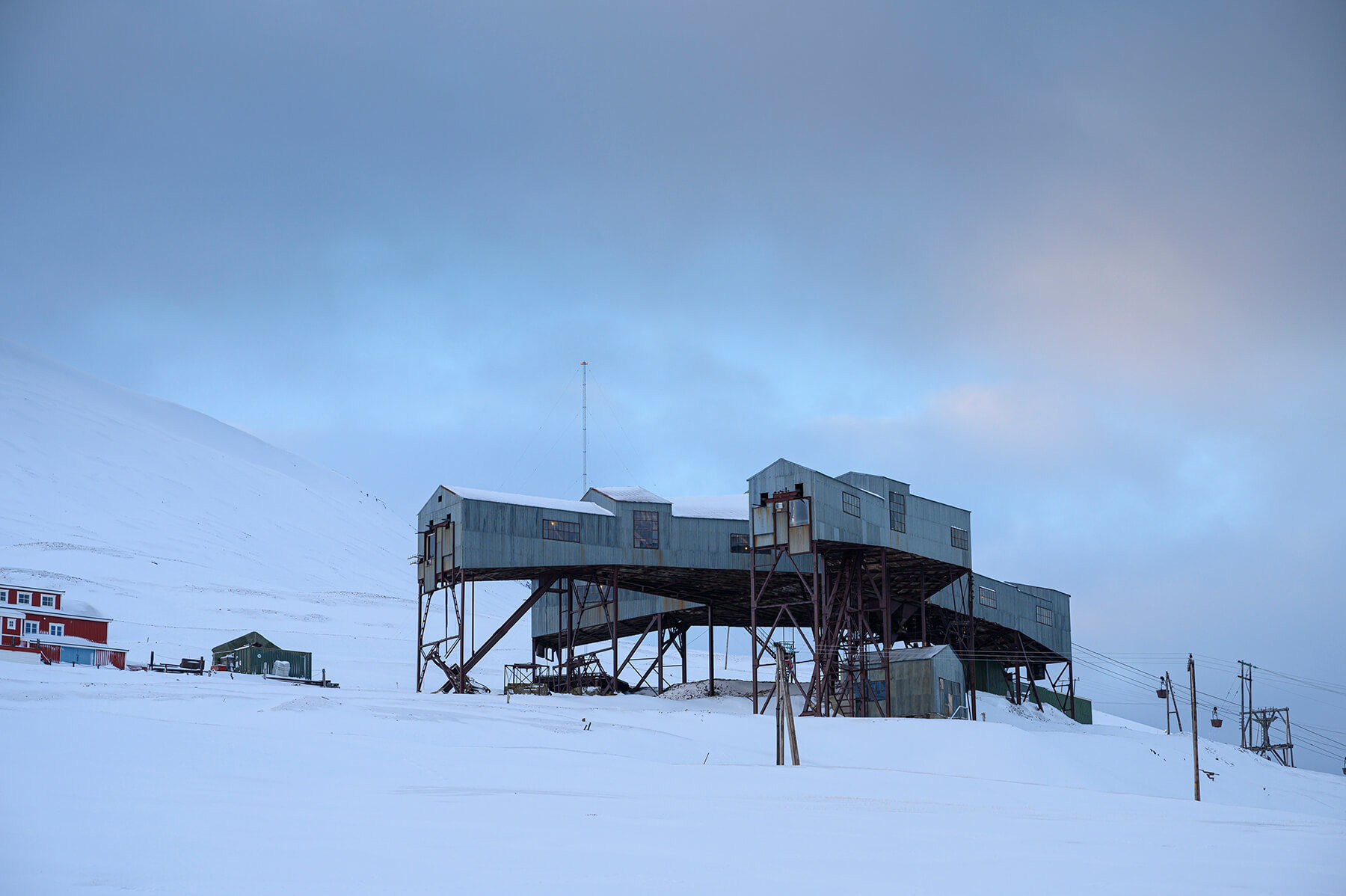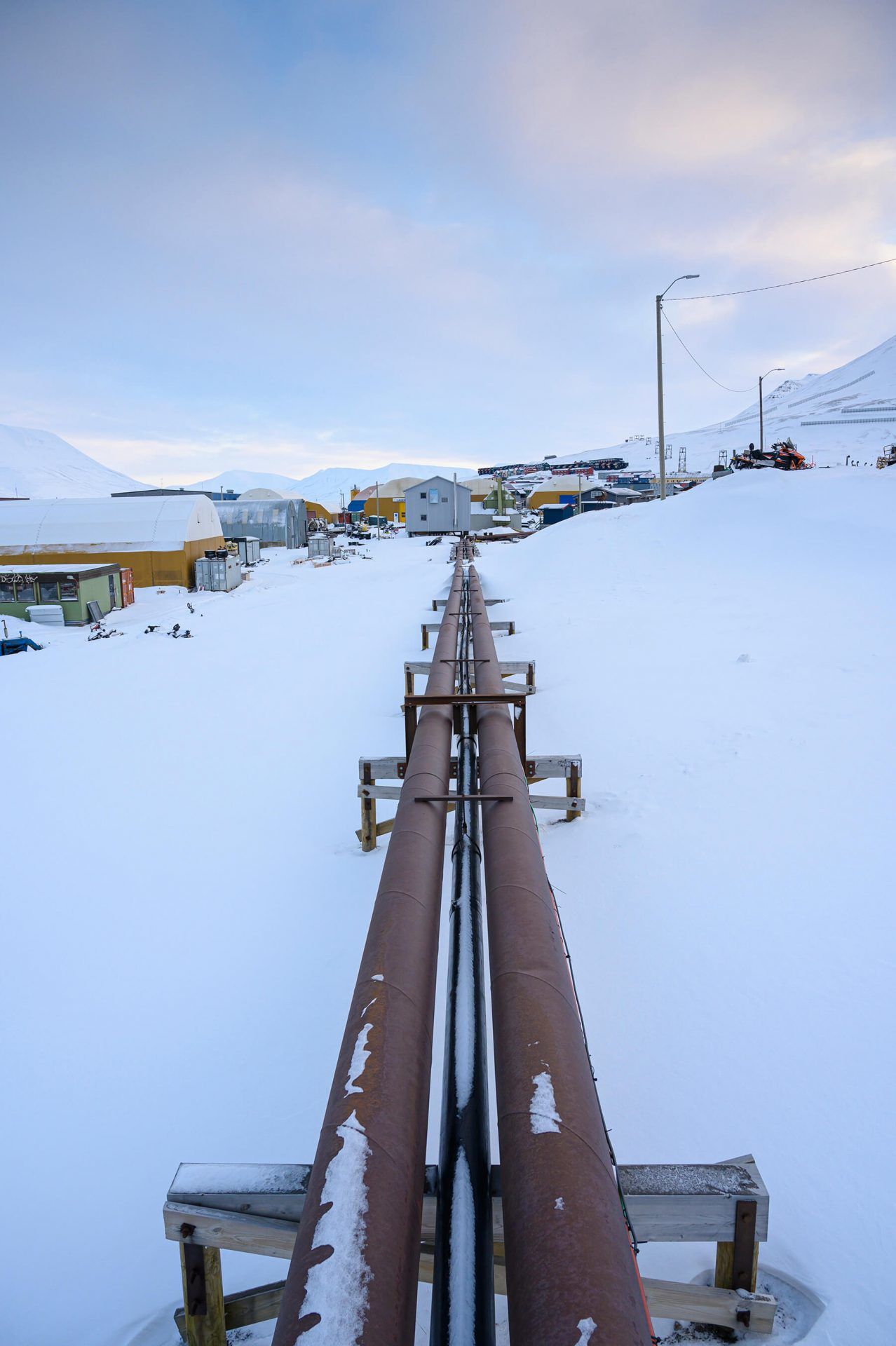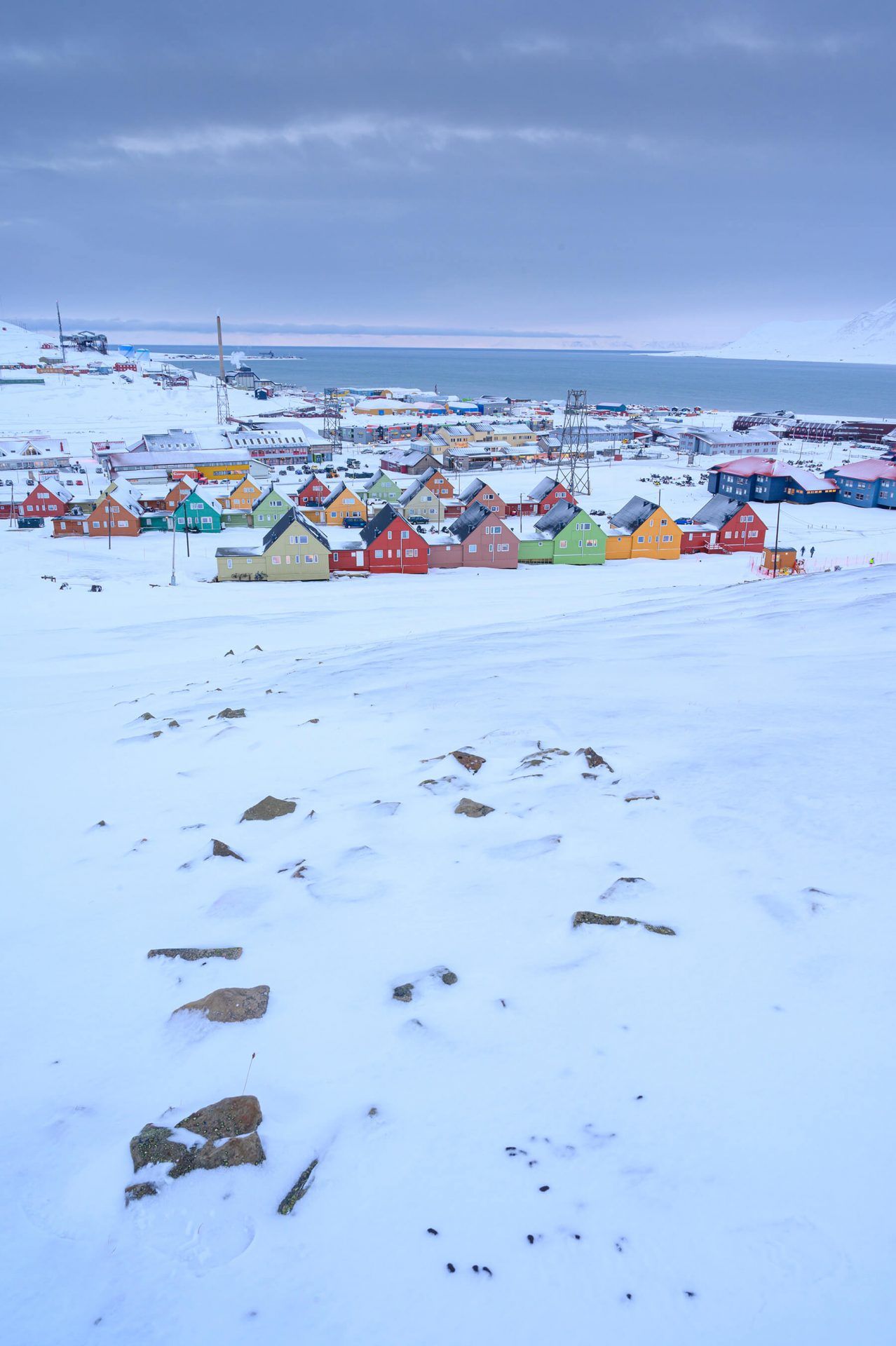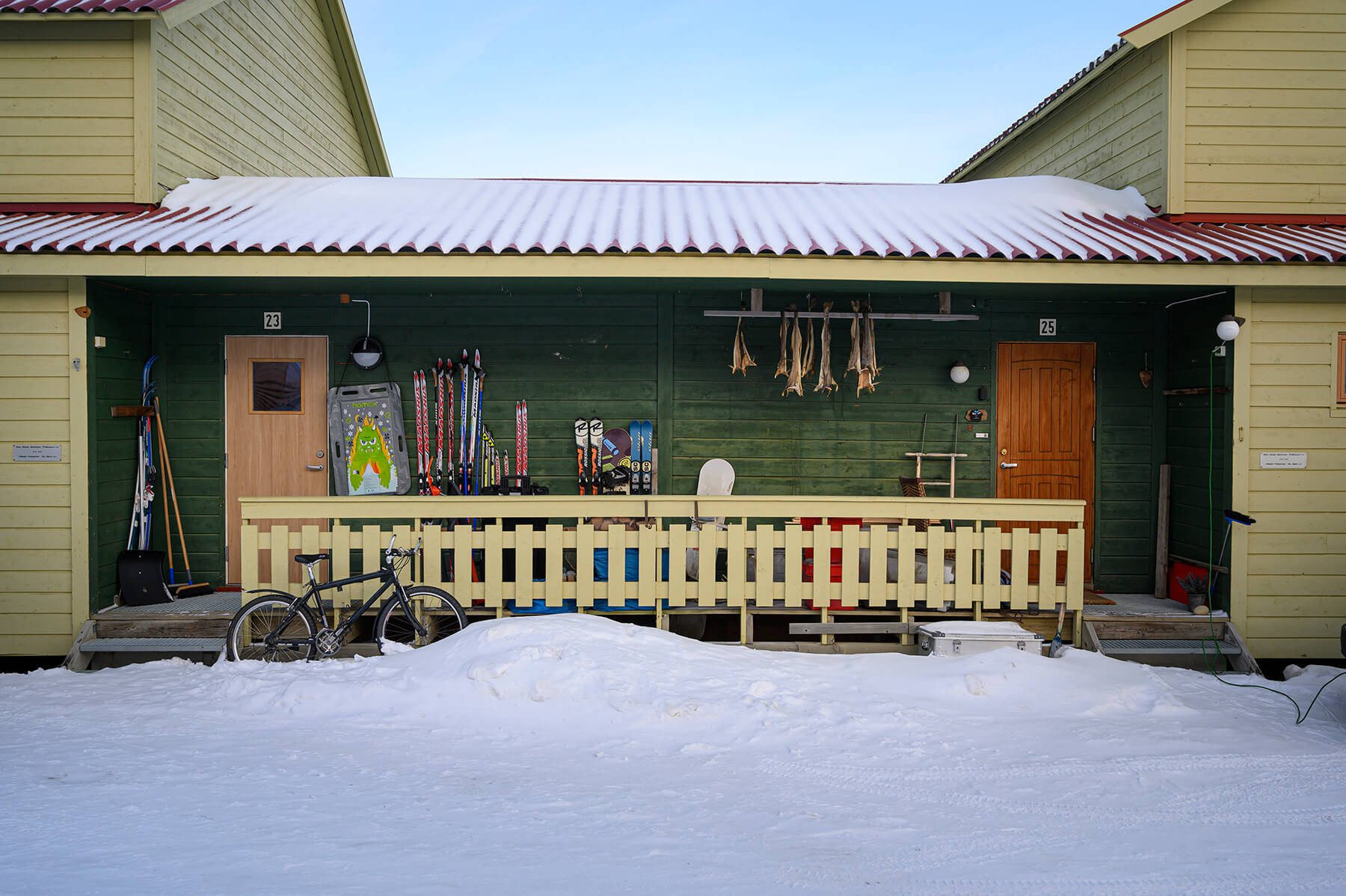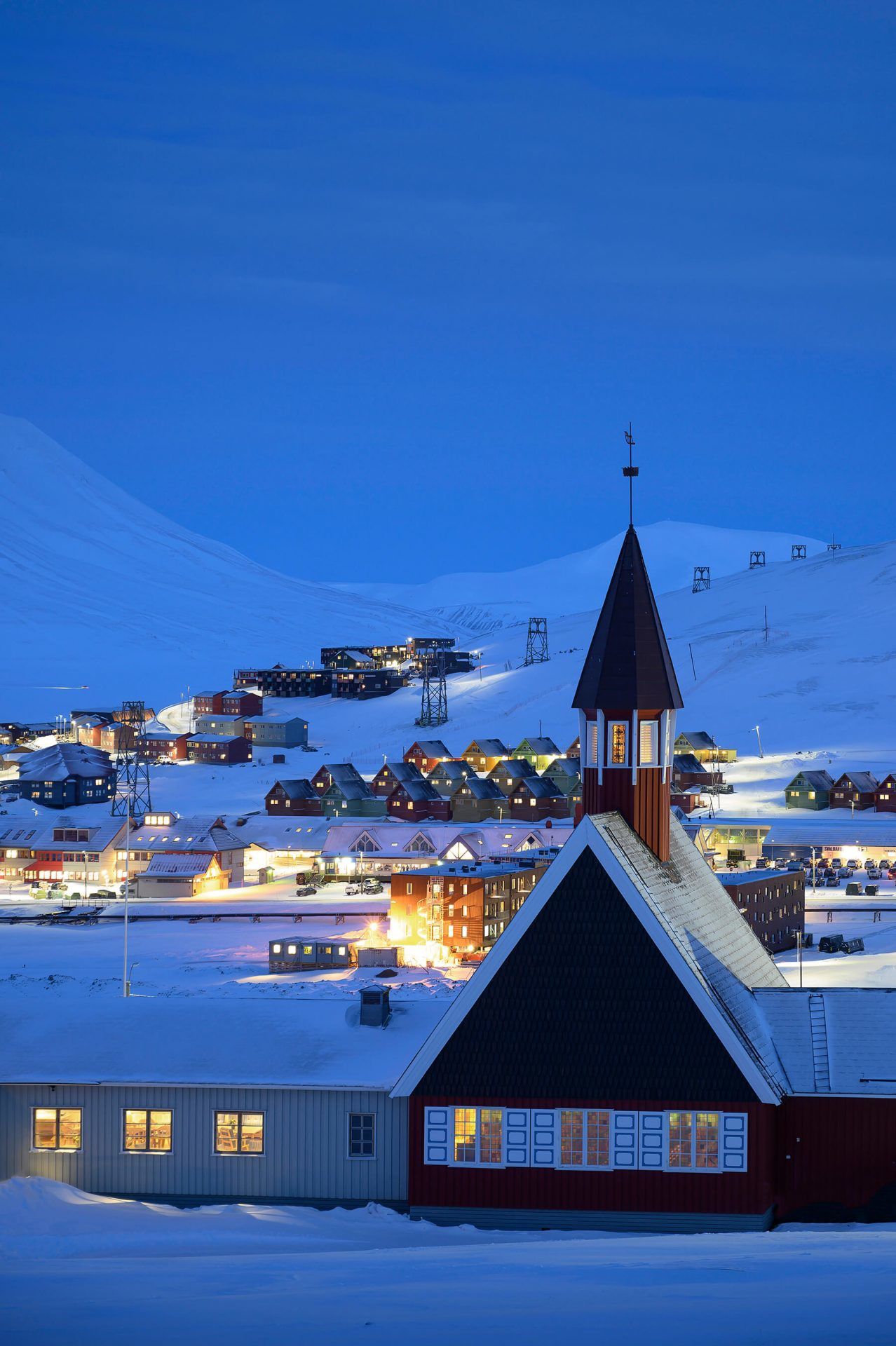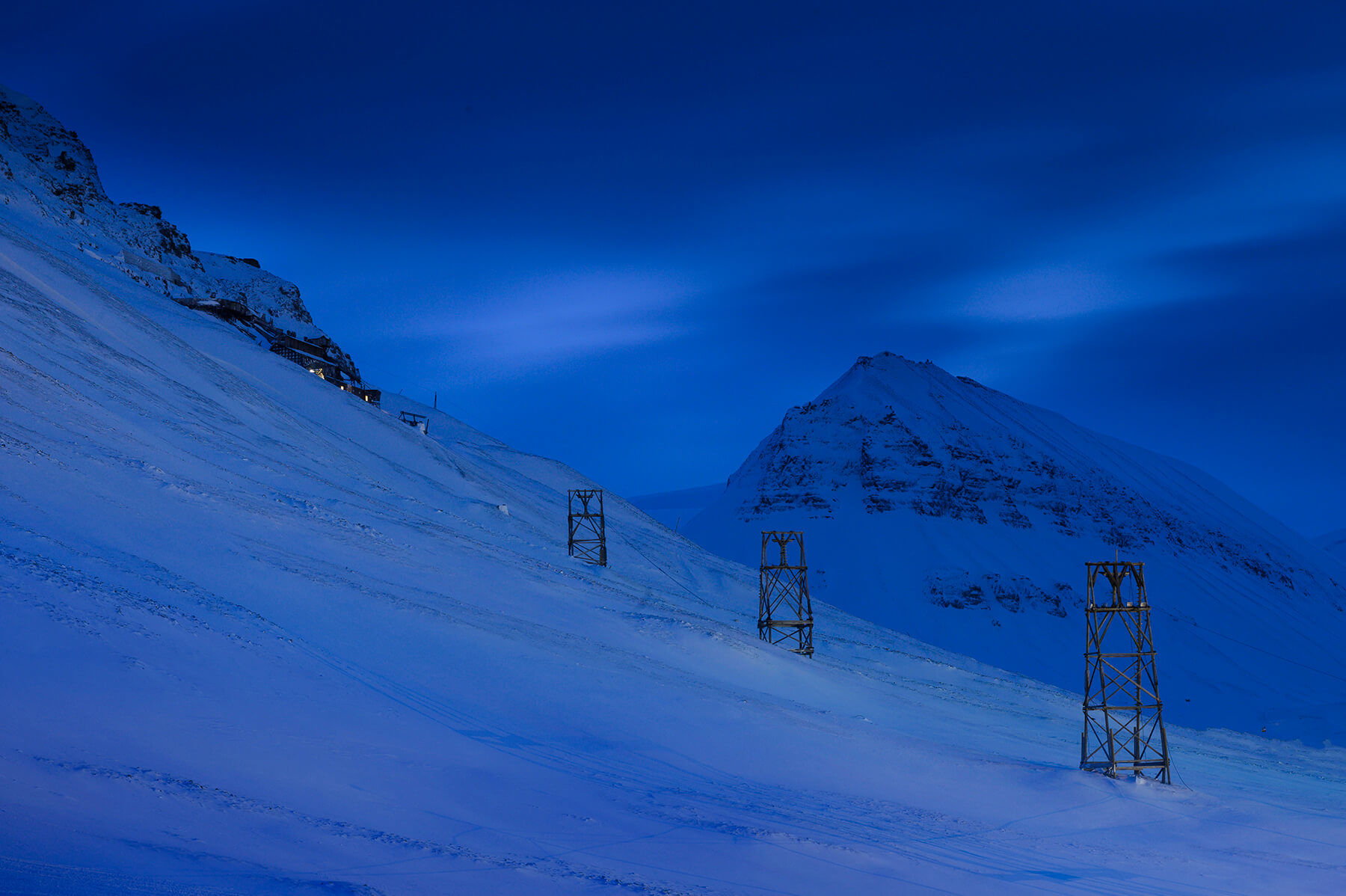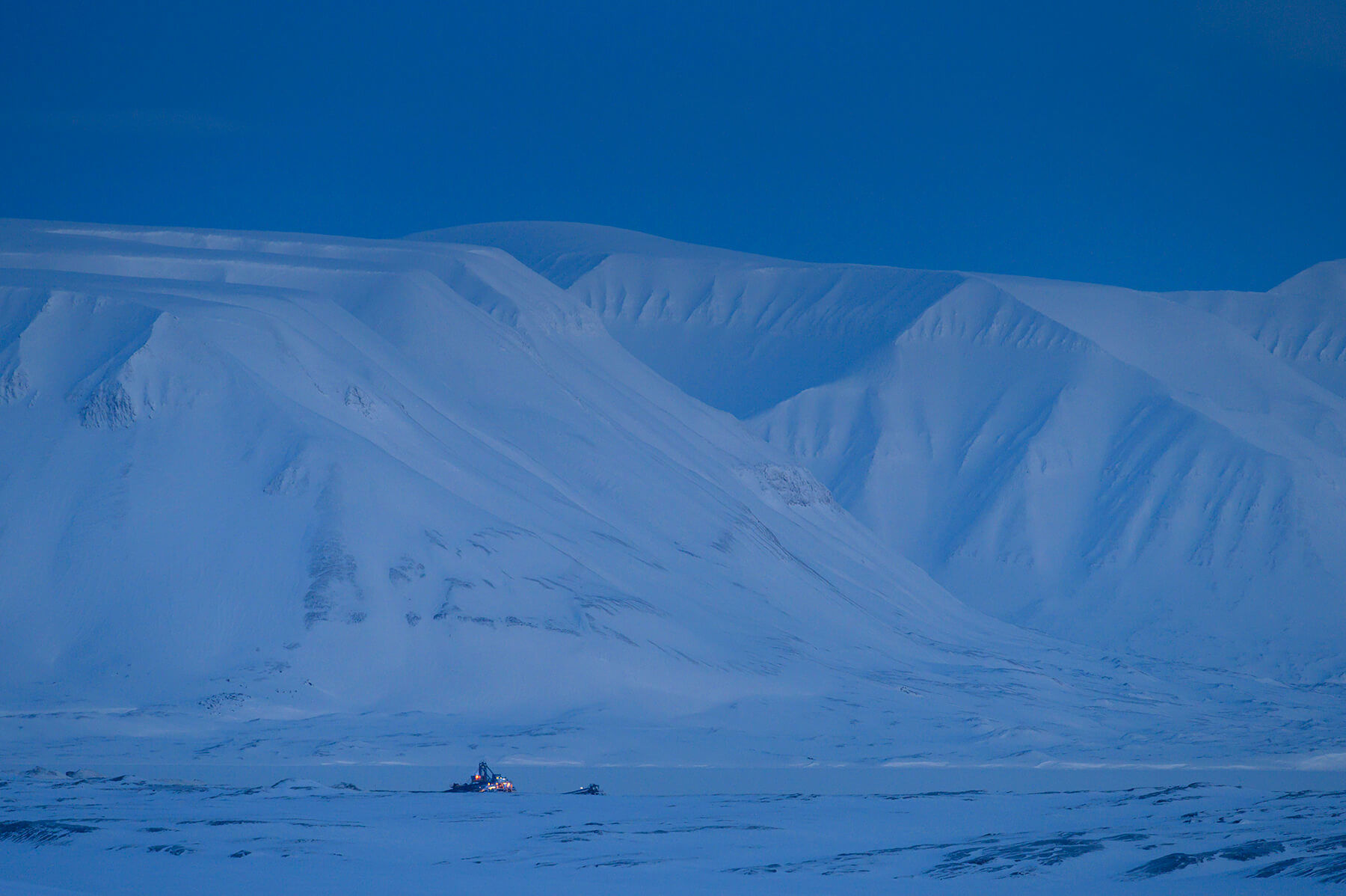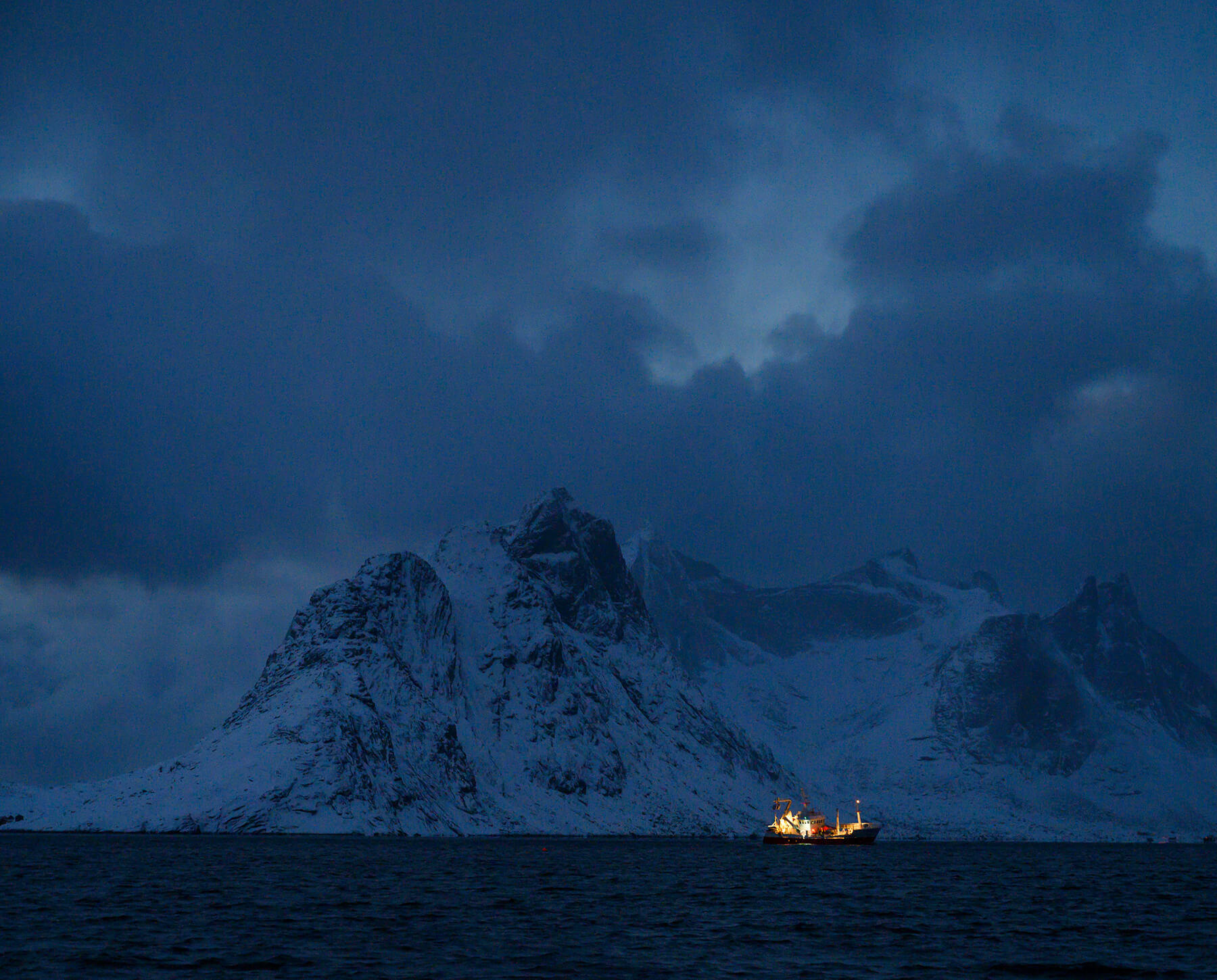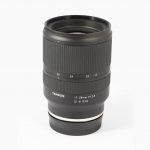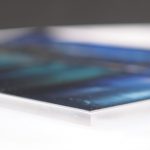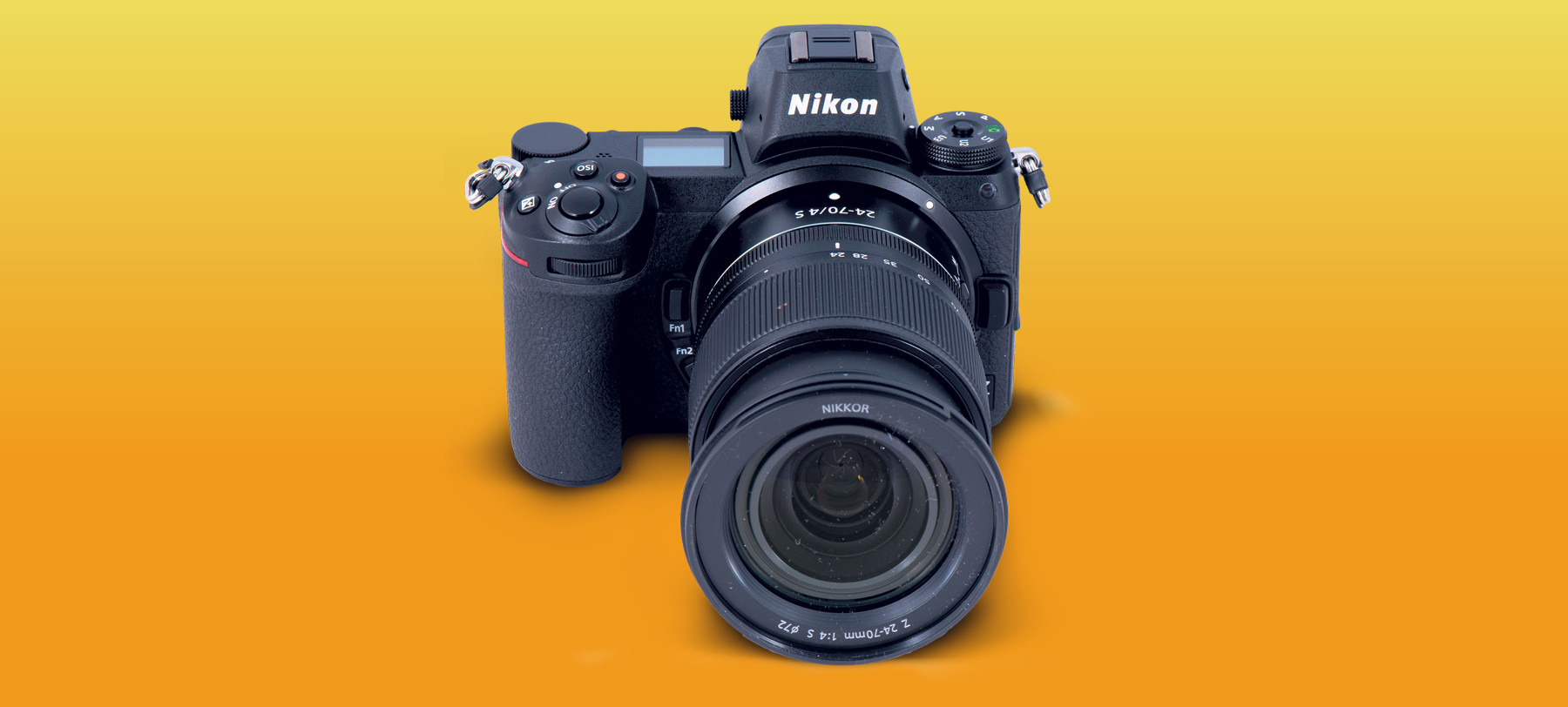
Nikon Z 6 test: one year on
Posted on Oct 17, 2019
The Z 6 was launched in November 2018 and the PN team has been using it ever since. Now, in the first of a series of long-term camera tests, you can find out what they think…
It’s now just over a year since Nikon launched its Z series of full-frame mirrorless cameras and lenses, starting with the 45.7-megapixel Z 7 body, and followed a few months later by the 24.5-megapixel Z 6, a more general-purpose camera with a healthy 12fps burst mode. In that time, the Z series has also added a decent, though still nascent, range of lenses.
So has the Z 6 been a success? Coming up to 12 months on from its launch, we thought it’d be a good time to revisit the camera and find out. The PN team has been using the Z 6 since launch, along with a range of lenses, and shooting in wildly different situations, so we’ve got the kind of real, first-hand experience of the camera you can’t get from just a few days testing. We all know the benefits of mirrorless cameras by now – but is the Z 6 the one for you?
On the street with the Nikon Z 6
PN’s editor Will Cheung is a keen but timid street shooter, and prefers small and silent cameras.
The Z 6 is not the smallest – so how did he get on wandering the cold, wet streets of London?
“Nikon took its own sweet time to take to the full-frame mirrorless camera market, but when the Z 6 and Z 7 were announced, I thought the wait was worth it. I loved the chunky look of the camera bodies, the high-resolution 3.69 million dot EVF was brilliant and, being a Nikon owner, I felt immediately at home with the control layout and menu set-up. Even giving the buyer the choice of different resolutions in fundamentally identical bodies seemed right, too.
“I like having lots of megapixels so the Z 7 would be my natural preference, but the less crowded sensor on the Z 6 should mean a better noise performance, which I also value highly. The Z 6 is significantly cheaper as well, currently at £2389 with 24-70mm f/4 and FTZ adapter, which sounds a very good deal.
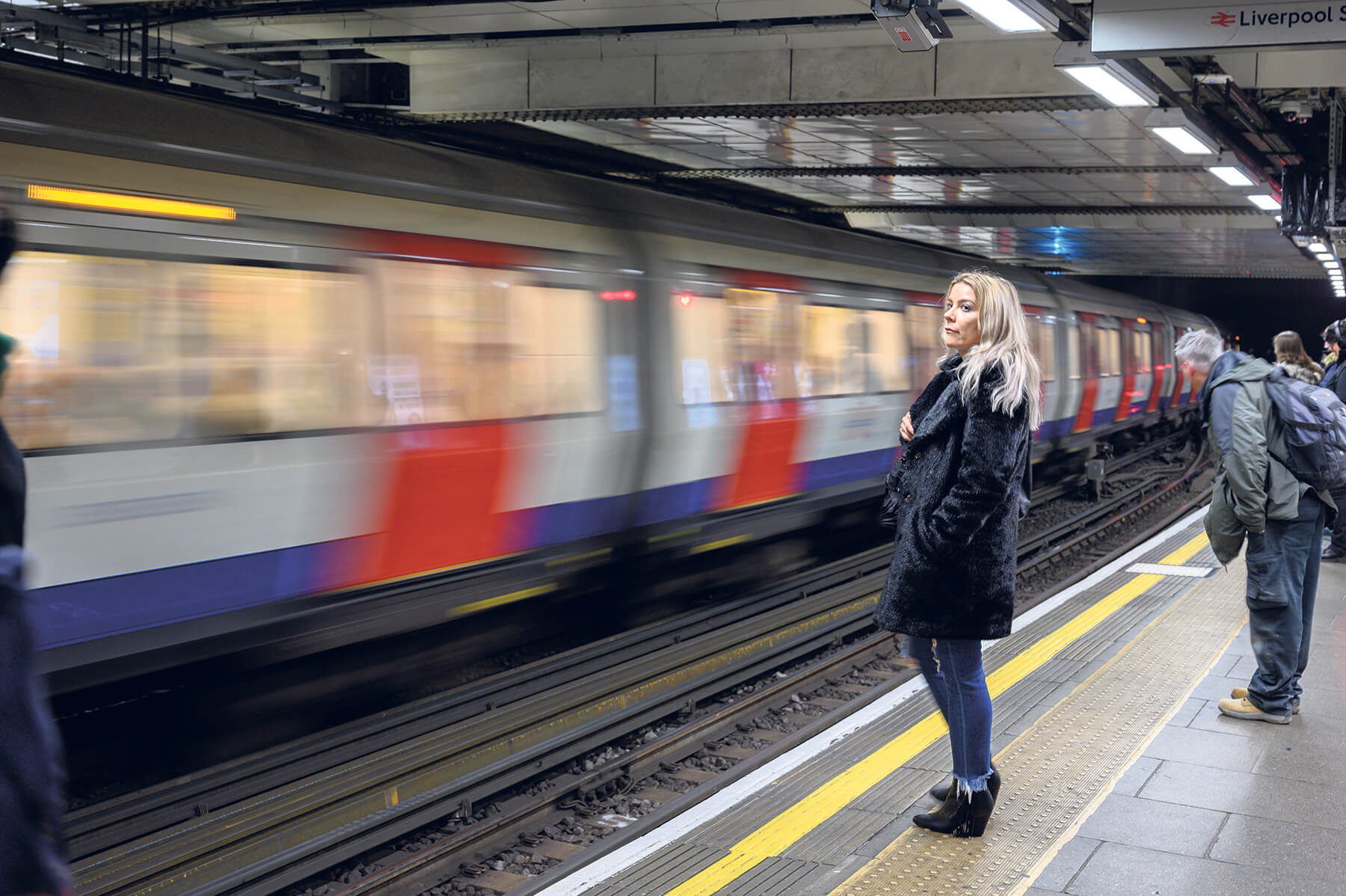
Images Street shooting often means high ISOs are essential for sharp pictures, and that’s not a problem with the Z 6’s full-frame sensor
“My default camera set-up is aperture-priority AE in multi-zone matrix metering, single AF zone, auto WB and manual ISO control, so this is what I applied to the Z 6, and very well it worked, too.
“Exposures were very consistent, stumbling over only when there was a strong highlight in the frame. AF was accurate, and the AWB system delivered colour correct shots time after time.
“After some initial testing I was happy shooting street scenes at ISO 6400 and even 12,800, knowing I was going to get digital noise, but that it would look neutral and film-like rather than patches of red and green. The camera’s ISO tops out at 51,200, so there is even more headroom if I get really desperate.
“Having the freedom to use such high ISO speeds is wonderful, and basically means even the poorest light will not stop play.
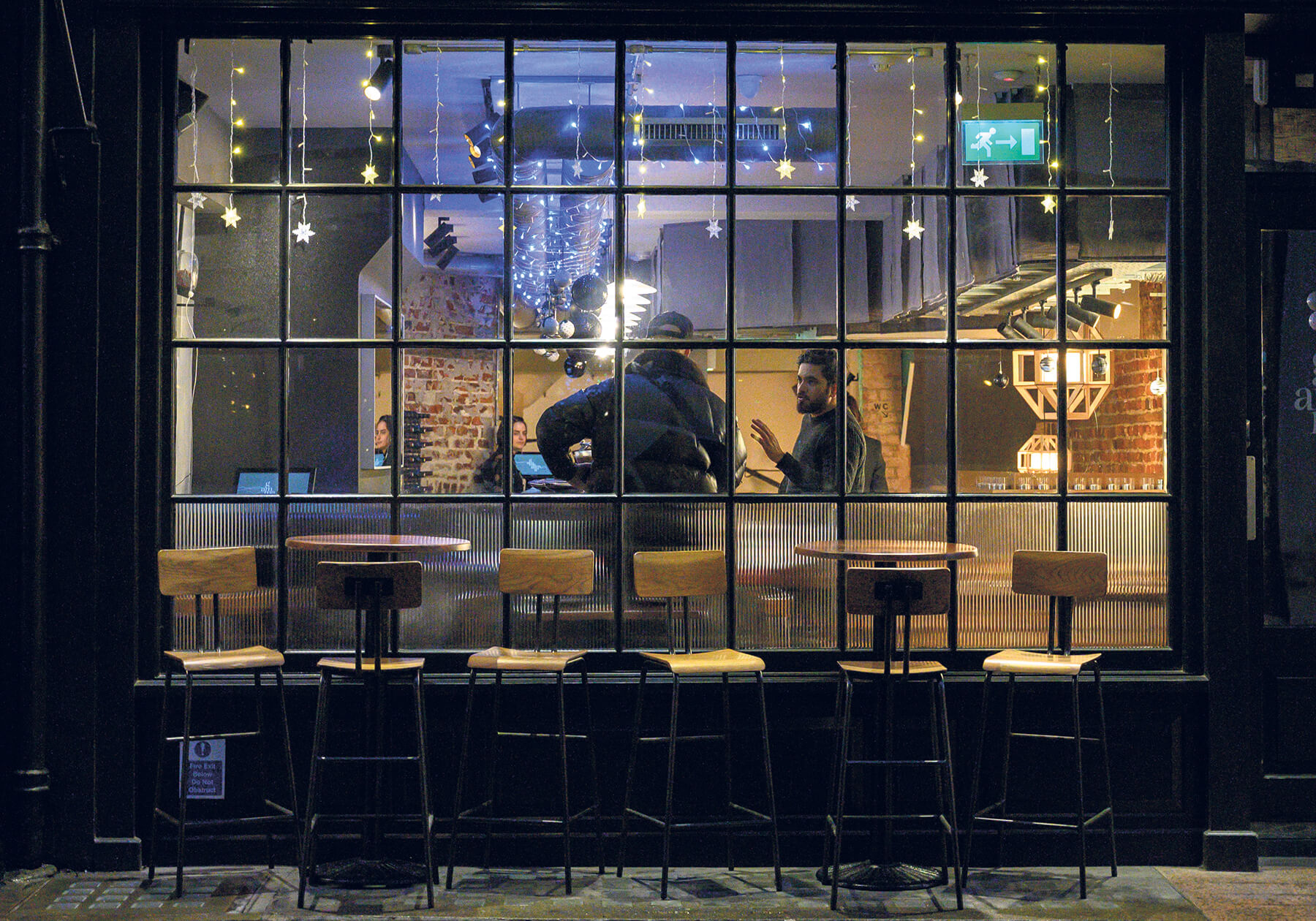
“Of course, what a camera produces is paramount, but how it handles is so intrinsic to the process of making pictures that it can’t be underestimated – and here the Z 6 excels. I’m a big back focus button fan so the large AF ON button is perfect, and having the responsive focus lever below makes it quick to move the AF point. Or I can use the touchscreen when my eye is not up to the eyepiece.
“The two input dials are great to use and don’t need any handgrip adjustment to get to them, and having the ISO and exposure compensation buttons right next to the shutter button is a big benefit. The same goes for having the on/off collar around the shutter button: you can single-handedly bring the camera up to the eye and power it up at the same time, so you’re ready to shoot almost instantly. That’s such an important consideration with street work, where an instant’s delay will cost you a shot.
“Do I have any misgivings about the Z 6? Well, only one (albeit a big one) and that is its single XQD card slot. I like the physical robustness of XQD cards but not their price, and a future firmware update will make the Z 6 compatible with CFExpress cards, and all that is positive. I just don’t like having one slot, so an XQD slot with an SD slot would be ideal. I like the security of belt and braces, but I also appreciate two card slots would probably mean a deeper body.”
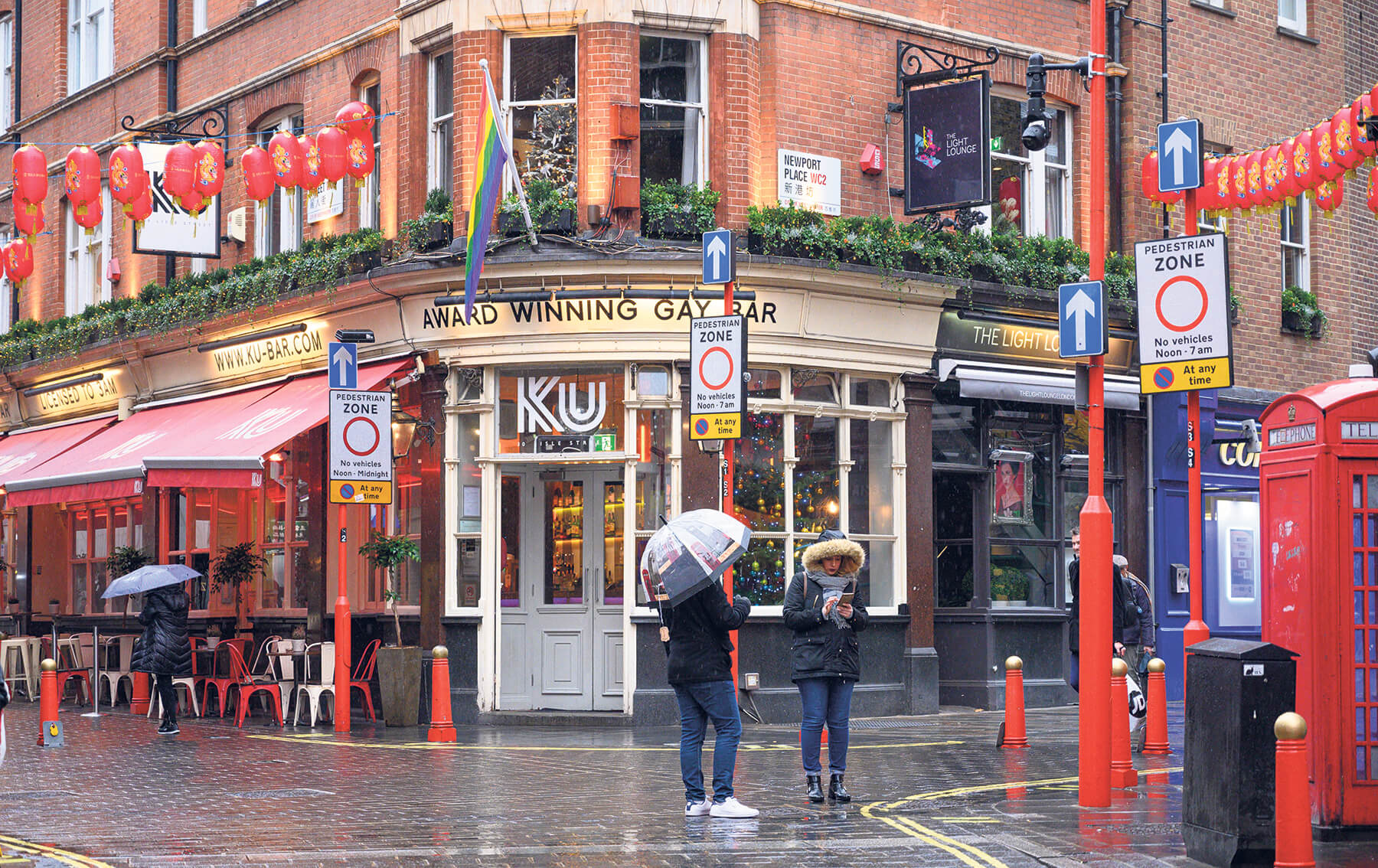
Verdict
“I enjoyed my time with the Nikon Z 6. It’s lovely to use and its overall handling I found very intuitive, and there was nothing that I found really annoying.
“For street shooting, I was happy with the Z 6. Its AF locked on quickly even in grotty light and the shutter – mechanical and electronic – was quiet enough not to be a pain outdoors. For me, though, it was the Z 6’s ISO performance that impressed me most.”
More from Will
Click the images to see a larger view
Festival fun
PN’s digital editor Jemma Dodd switched her Nikon DSLR for a weekend shooting with the Nikon Z 6
“As a Nikon user, I’ve gone from the Nikon D70S (super oldie), to the D7000 and the D750, so when the Z series was announced I knew I’d have to get my hands on one to test at some point. The most attractive feature to me was the size – on first impressions the weight and feel of the camera is a relief. While my main, standard set-up of a D750 and 24-70mm f/2.8 lens isn’t too heavy, the Z 6 is much lighter than you’d expect, and when you carry lots of gear around at big festivals, less gear and less weight is a dream.
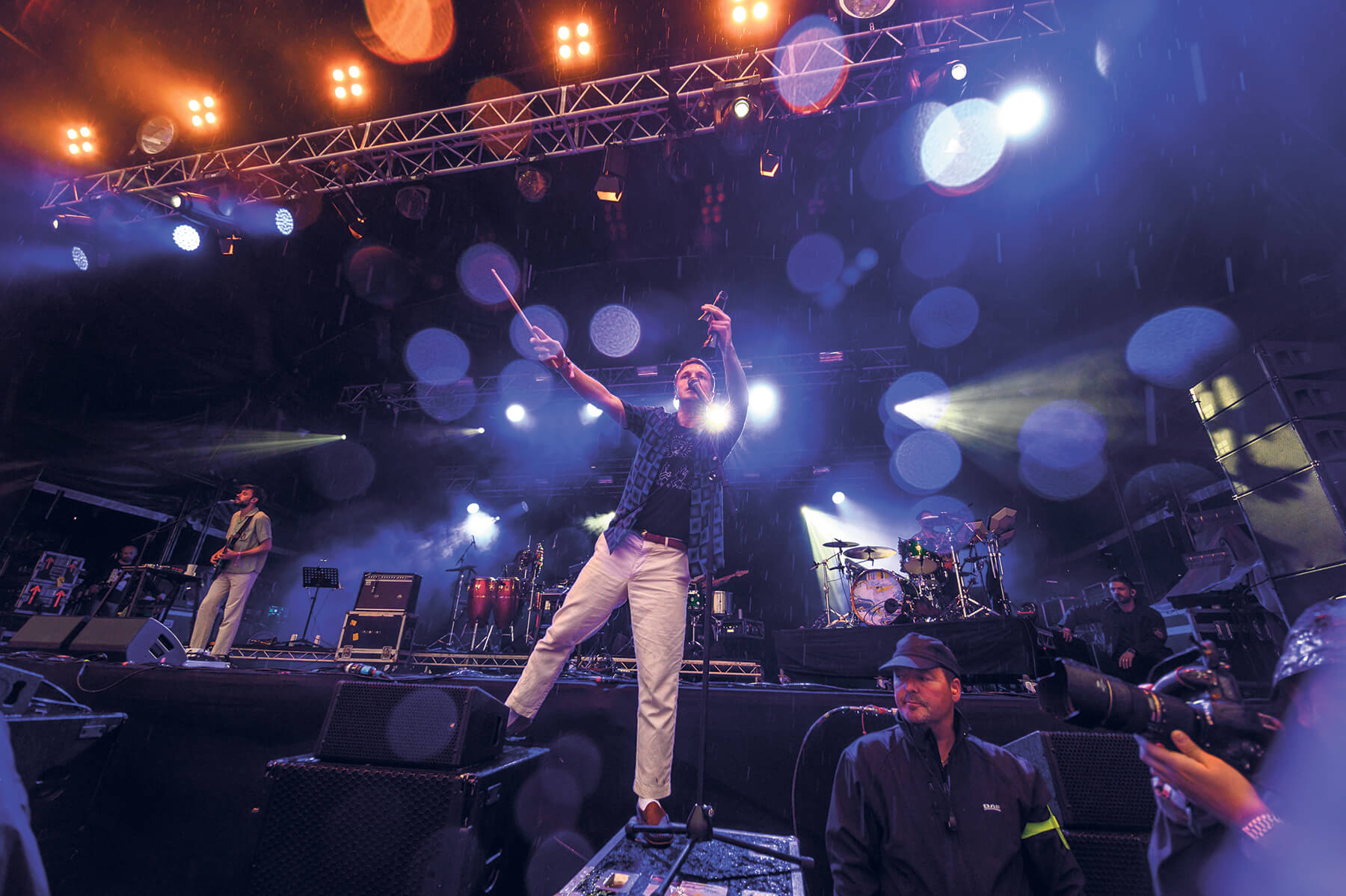
Images These shots were captured at Standon Calling festival in Hertfordshire on the Nikon Z 6. The images of Friendly Fires and Kate Nash were taken with an Irix 11mm f/4 lens, while the image on the far right of Rag ’n’ Bone Man was shot with the Nikon 14-30mm f/4
“One of the features I found particularly useful was the EVF. While I have used cameras with EVFs before, it’s not something I’m used to using, so it felt a bit weird at first. I usually check images on the back of my camera to see how the exposure is looking, but I found it really handy to be able to see the exposure both on portrait shoots and at festivals. Anyone who shoots music will know that the majority of the time you only get to shoot the first three songs of a set, and you’re also shooting alongside several other photographers, so having the EVF meant I could nail the exposure and concentrate on getting the right compositions, thus capturing the best moments of the performance in the limited time.
“When shooting with the Z 6 at the Standon Calling festival, I mainly used the 14-30mm f/4 lens, as I thought it would give me closer results to those I achieve with my 24-70mm lens, in terms of the zoom range. I also used an Irix 11mm f/4 to allow me to shoot super-wide shots on the Z 6, alongside using the D750 with the 24-70mm.”
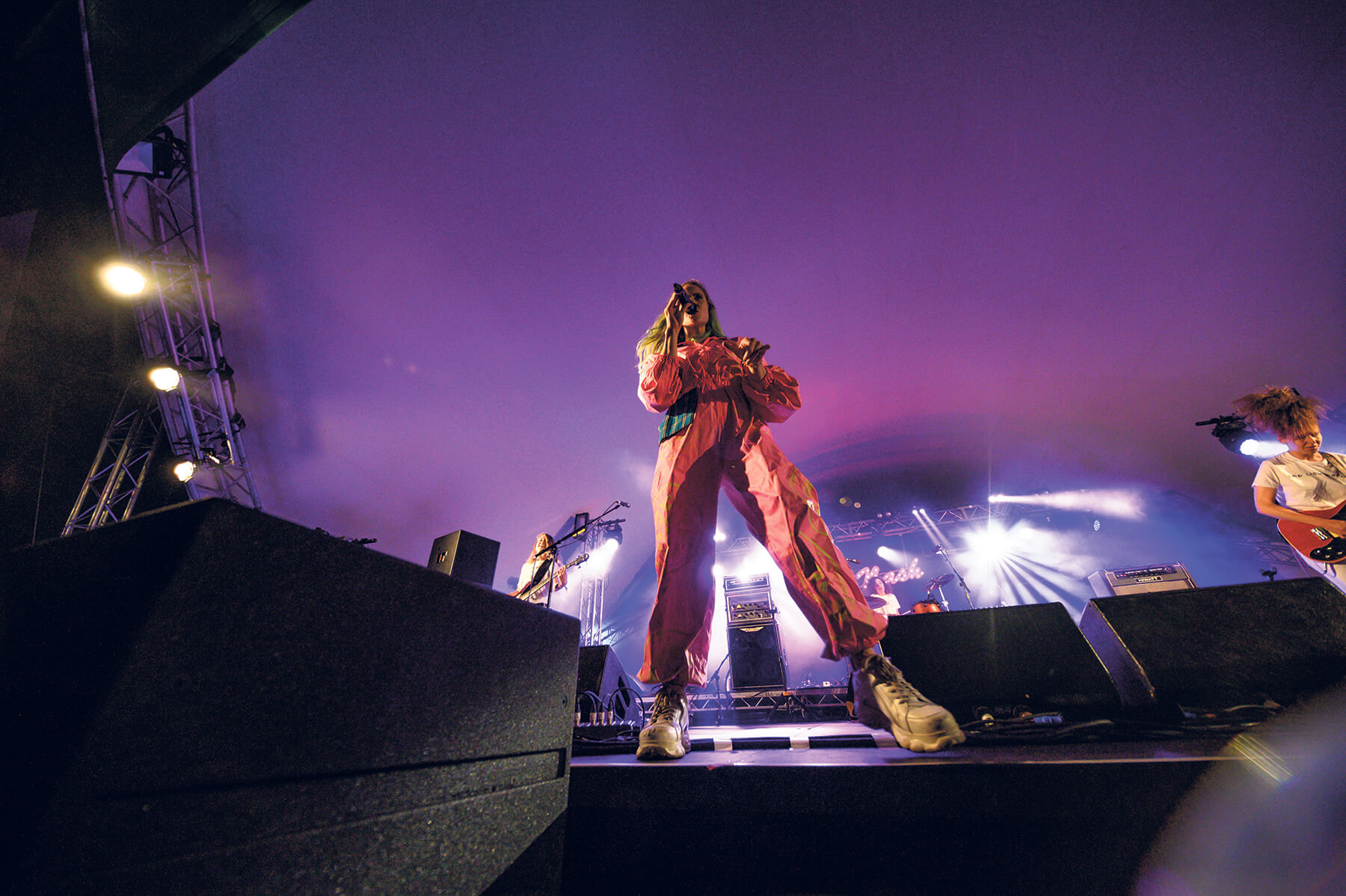
Verdict
“I’d love to have something smaller than my DSLR that I can take on holiday or on days out, and for me Nikon is a system I’m used to using. I also wouldn’t have to splash out on lenses as with the converter I can use those I already have. In terms of switching from the D750 to the Z series? We’ll, I’d need to see how it performs in low-lit gig venues before considering using it more often.”

More from Jemma
Click the images to see a larger view
Six appeal
PN’s Kingsley Singleton has been shooting with the Nikon Z 6 for ten months off and on, including trips into the Arctic Circle – but has it warmed his heart?
“As a Nikon user enviously eyeing what Sony was up to with successive generations of excellent mirrorless cameras, the Z Series couldn’t come soon enough for me. And both cameras impressed. But while the Nikon Z 7 is a fantastic body, I never felt it had quite enough difference to prise the D850 out of my hands.
Though some of the mirrorless benefits were obvious, its 45.7-megapixel files were too similar to my DSLRs.
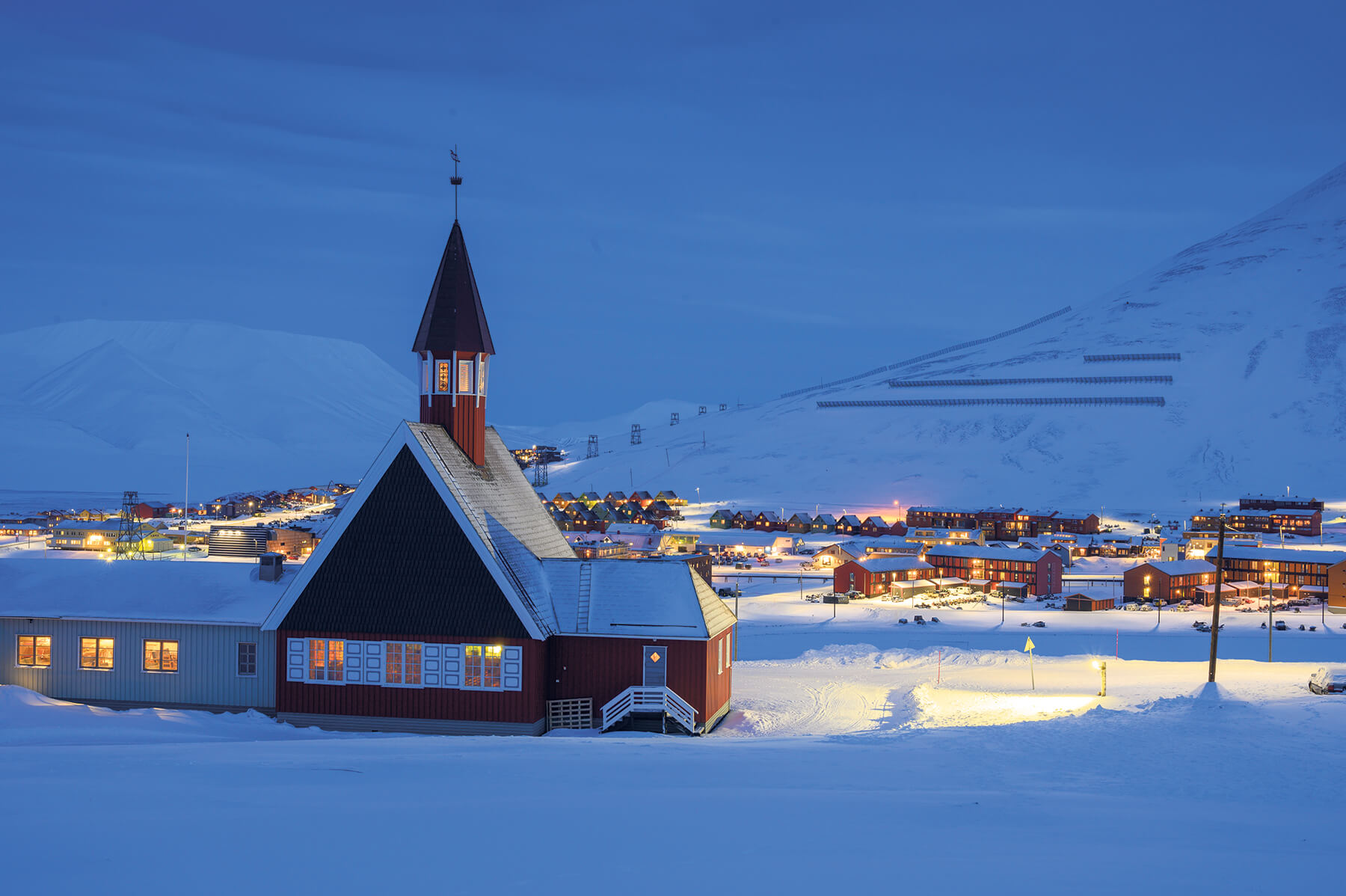
“The Z 6, though, was always a more tempting proposition. The combination of lower-res files, in-body IS, better noise performance, faster shooting and hybrid mirrorless AF advantages all made it attractive for me as an action camera, or a second body.
“I’ve now shot with it on and off for about ten months, most notably on a trip to Svalbard and the Lofoten Islands in March. On that shoot it proved excellent, and of course it was instantly familiar to use, with a very similar button layout to other modern Nikon bodies. That’s a good thing when you can only take your gloves off for 30 seconds at a time. This isn’t a scientific statement, but I’ve generally felt pictures straight out of the camera were better exposed than my D850 due, most likely, to the wysiwyg nature of the EVF, and the camera’s true and bright colours.
“I’m still not completely sold on EVFs, but Nikon’s is pretty special. Smooth and very clear, it’s probably the best I’ve used. That said, I don’t think it turns on quickly enough when you bring it up to your eye, and the tiny lag can be enough to break concentration. It also suffers from lag when shooting at a high frame rate. It doesn’t black out, but the image becomes staccato. This isn’t unusual, and it’s really only Sony’s A9 that offers a completely uninterrupted view in such situations, but that has a stacked sensor and is significantly more expensive.
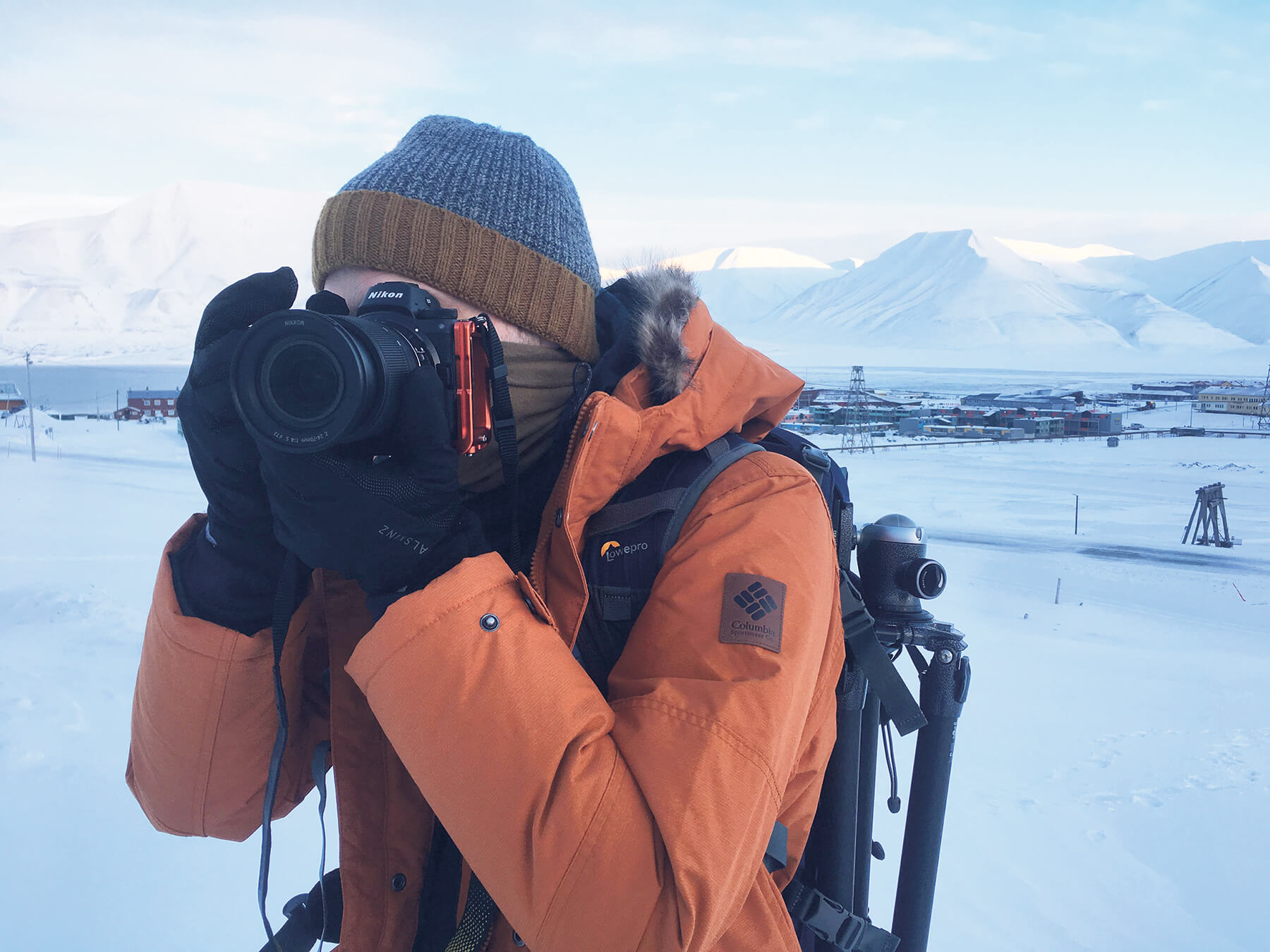
“The Z 6’s build quality has proved excellent, with a magnesium-alloy body and a good level of weather sealing. Case in point, even though the camera’s operating temperature is spec’d at 0-40°C, I managed to use it in Svalbard’s temperatures of -30°C. It got a bit groggy, but then so did I. The light weight was a real help, too.
“A recent firmware update brought new features to the Z 6’s AF, like Eye Detection as well as the original Face Detection mode, and that and its shooting speed certainly proved an upgrade on my D850. Though not perfect, in shooting moving subjects, I certainly get more hits. The AF area itself is much wider than a DSLR’s, covering 90% of the frame, so you can shift it right to the edge if required; I’ve found that and the EVF’s focus peaking highly useful for landscaping.

“In-body image stabilisation made a big difference, too, especially in mounting non-VR FX lenses like my 85mm f/1.8G, using the FTZ adapter. It feels like a genuine upgrade.
“The lack of a vertical grip for the Z 6 still puts me off, as I’ve got used to shooting that way, and though a battery grip is still promised, there are no contacts on the bottom of the camera to support full control. The single card slot initially bothered me, although I’ve not had any problems – nor heard of any. There are Wi-Fi backup workaround solutions to consider if the relative lack of security of a single card is the deal-breaker for you.”

Verdict
“Nikon’s first generation mirrorless cameras have a hell of a lot going for them, and if you’re thinking of making the jump to mirrorless, the Z 6 is a highly capable performer. It’s also a lot more affordable than its big brother. Though many of us have got used to huge resolutions, 24.5 megapixels is plenty for almost any sort of work, and it comes hand-in-hand with great ISO performance. The AF is very good – not perfect, but better than my DSLR and, though I’m lamenting the lack of a grip, the Z 6 also handles well.”
More from Kingsley
Click the images to see a larger view
For more information, please visit the Nikon website.
As featured in issue 71 of Photography News.

